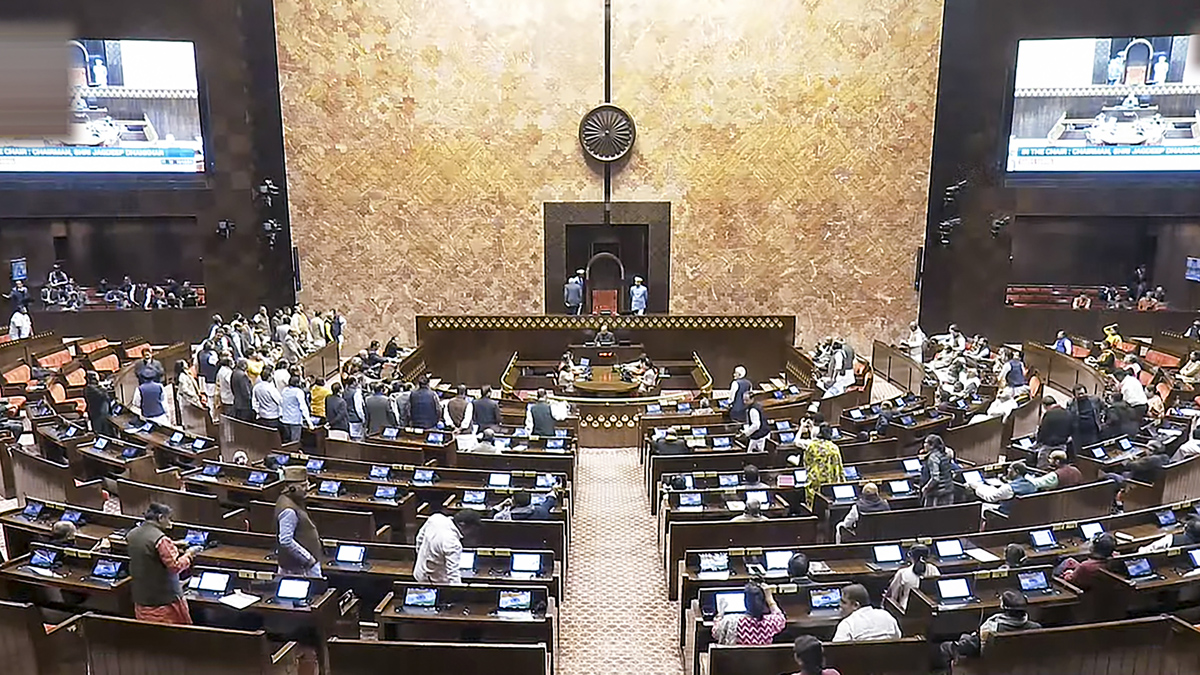Recently, an impeachment motion is being considered against a sitting judge of the Allahabad High Court following his controversial remarks at an event organized by a religious organisation. The remarks, deemed by many as communally charged, have raised concerns about judicial propriety and impartiality.
- About:
- Impeachment, though not explicitly mentioned in the Constitution, refers colloquially to the process by which a judge can be removed from office by Parliament.
- The impeachment process for judges in India serves as a crucial mechanism to uphold judicial accountability while preserving the independence of the judiciary.
- Constitutional Safeguards and Grounds for Impeachment:
- Article 124(4): The article outlines the removal process for Supreme Court judges, which is applicable to High Court judges as per Article 218. The grounds for impeachment are explicitly limited to “proved misbehaviour” and “incapacity”.
- Proved Misbehavior: Actions or conduct by a judge that breaches the ethical and professional standards of the judiciary.
- Incapacity: A judge’s inability to perform judicial duties due to physical or mental infirmity.
- Article 124(4): The article outlines the removal process for Supreme Court judges, which is applicable to High Court judges as per Article 218. The grounds for impeachment are explicitly limited to “proved misbehaviour” and “incapacity”.
Steps in the Impeachment Process:
- Initiation of Motion:
- A motion for impeachment must be supported by at least 100 members in the Lok Sabha or 50 members in the Rajya Sabha.
- The Speaker or Chairman may review relevant materials and consult individuals before deciding whether to admit or reject the motion.
- For example in 2018, the motion against Chief Justice Dipak Misra was rejected after due consideration.
- This ensures that the process cannot be initiated casually or without significant support from elected representatives.
- Formation of an Inquiry Committee:
- Upon admission of the motion, the Speaker of the Lok Sabha or the Chairman of the Rajya Sabha constitutes a three-member committee comprising:
- The Chief Justice of India or a Supreme Court judge.
- The Chief Justice of a High Court.
- A distinguished jurist.
- The committee conducts a thorough inquiry into the allegations, gathering evidence and examining witnesses to determine the validity of the charges.
- Upon admission of the motion, the Speaker of the Lok Sabha or the Chairman of the Rajya Sabha constitutes a three-member committee comprising:
- Committee Report and Parliamentary Debate:
- The committee submits its findings to the presiding officer of the House where the motion was introduced. If the judge is found guilty of the alleged misconduct or incapacity, the report is debated in Parliament.
- Both Houses of Parliament must approve the motion with a special majority, requiring:
- A majority of the total membership of the House.
- At least two-thirds of the members present and vote.
- Final Removal by the President:
- Once the motion is adopted in both Houses it shall be presented to the President in the same session in which the motion has been adopted.
Checks and Balances:
- High Thresholds for Impeachment: The stringent requirements for initiating and approving an impeachment motion protect against misuse of the process.
- Objective Inquiry by Experts: The inclusion of judicial and legal experts in the inquiry committee ensures a fair and impartial investigation.
- Parliamentary Oversight: By involving both Houses of Parliament, the process ensures accountability through democratic scrutiny.
Instances of Impeachment Attempts:
India has witnessed a few attempts at impeachment, with notable cases like those of Justice V. Ramaswami (1993) and Justice Soumitra Sen (2011). While none have resulted in a complete removal, these instances highlight the process’s rigor and its role in upholding accountability
If incase you need any legal assistance you can now try our AI Legal Advisor.



